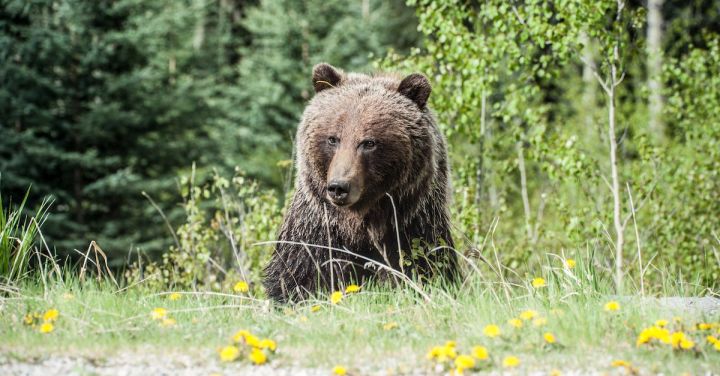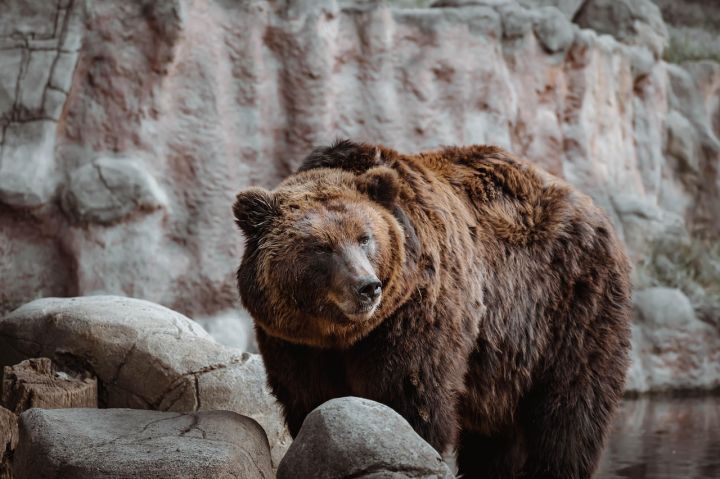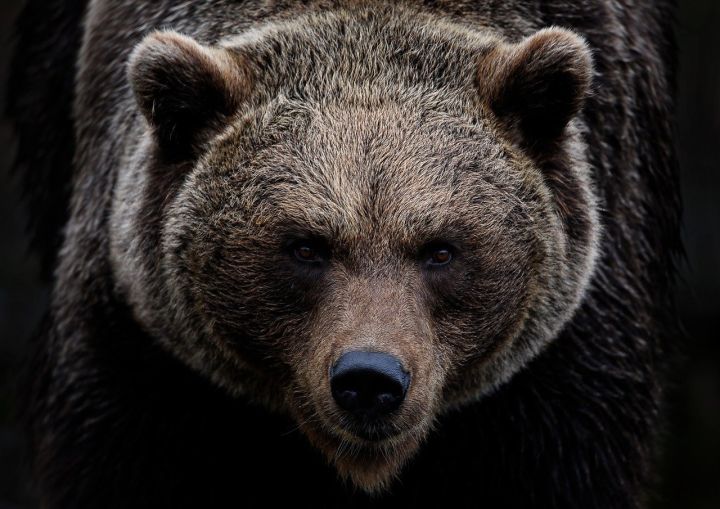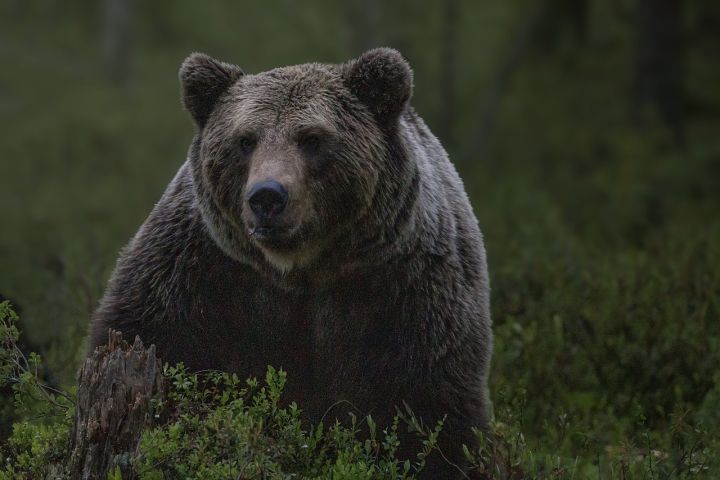What Are the Do’s and Don’ts of Bear Country Conservation?
Bears are magnificent creatures that play an essential role in our ecosystem. However, encounters between humans and bears can sometimes lead to dangerous situations for both parties. To ensure the safety of both humans and bears, it is crucial to understand and follow the do’s and don’ts of bear country conservation. In this article, we will explore some key guidelines to help you navigate bear country responsibly and respectfully.
Do’s:
1. Educate Yourself:
Before venturing into bear country, educate yourself about bear behavior, habitat, and the specific guidelines of the area you will be visiting. Knowledge is a powerful tool in ensuring your safety and the preservation of bear habitats.
2. Practice Bear Awareness:
Always remain alert and aware of your surroundings. Look for signs of bear activity such as tracks, scat, or overturned rocks. Make noise while hiking, especially in dense vegetation or areas with poor visibility, to alert bears of your presence and avoid surprise encounters.
3. Store Food Properly:
Food attracts bears, and human food can disrupt their natural foraging habits. When camping or picnicking in bear country, store your food in bear-resistant containers or hang it from a tree at least 10 feet off the ground and 4 feet away from the trunk. This helps prevent bears from accessing human food and associating it with people.
4. Leave No Trace:
Always practice Leave No Trace principles when in bear country. This means packing out all your trash, disposing of waste properly, and respecting the environment. By minimizing our impact, we can help preserve bear habitats and reduce the likelihood of bear-human conflicts.
Don’ts:
1. Don’t Feed the Bears:
Feeding bears is not only dangerous but also detrimental to their well-being. Bears that become accustomed to human food can become aggressive and may need to be euthanized for public safety. Feeding bears alters their natural behavior and can have severe consequences for both bears and humans.
2. Don’t Approach Bears:
Bears are wild animals and should be observed from a safe distance. Approaching bears, even seemingly docile ones, can provoke defensive behavior, leading to dangerous encounters. It is important to remember that bears are not cuddly pets and should be respected as the powerful and potentially dangerous creatures they are.
3. Don’t Run:
If you encounter a bear, it is crucial to remain calm and avoid sudden movements. Running can trigger a bear’s instinct to chase, and they can easily outrun humans. Instead, stand your ground, speak calmly, and back away slowly while keeping an eye on the bear. Create distance without turning your back on the bear.
4. Don’t Litter:
Littering not only pollutes the environment but can also attract bears to human-populated areas. Food wrappers or leftovers left behind can entice bears, leading to increased human-bear conflicts. Always carry out what you bring in and dispose of waste properly to minimize the potential for bear encounters.
In conclusion, responsible and respectful behavior is crucial in bear country conservation. By following these do’s and don’ts, we can coexist peacefully with bears and help protect their habitats. Educate yourself, practice bear awareness, store food properly, and always leave no trace. Avoid feeding or approaching bears, never run if you encounter one, and be mindful of your litter. By taking these precautions, we can enjoy the beauty of bear country while ensuring the safety of both humans and bears.






